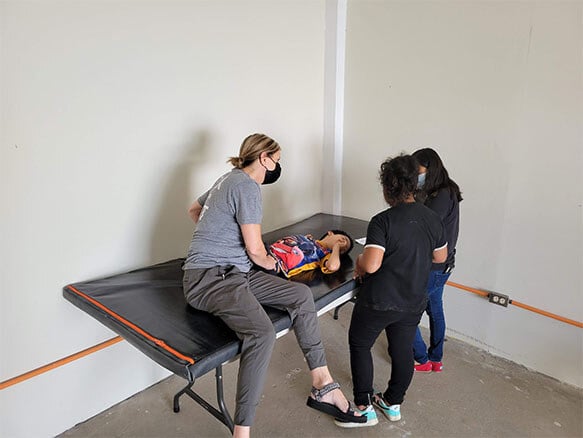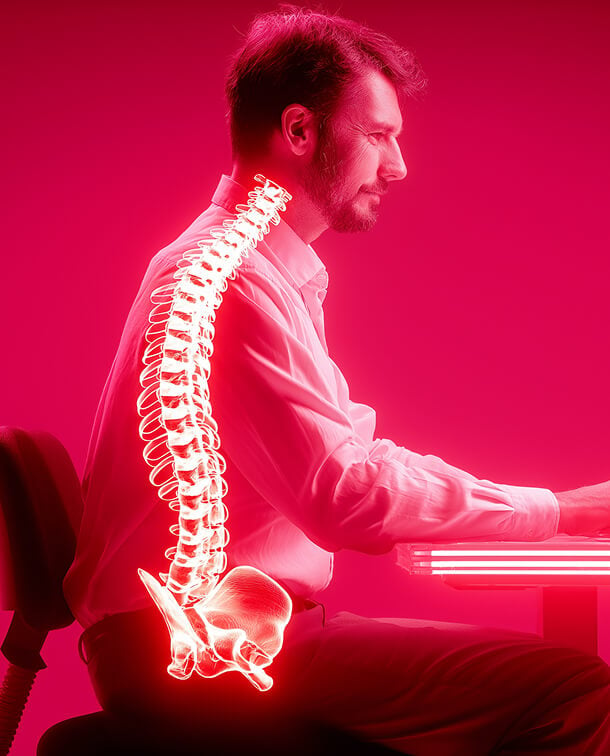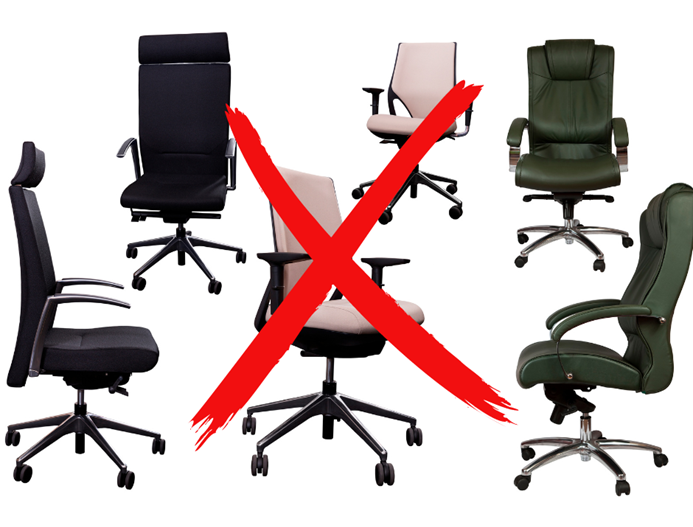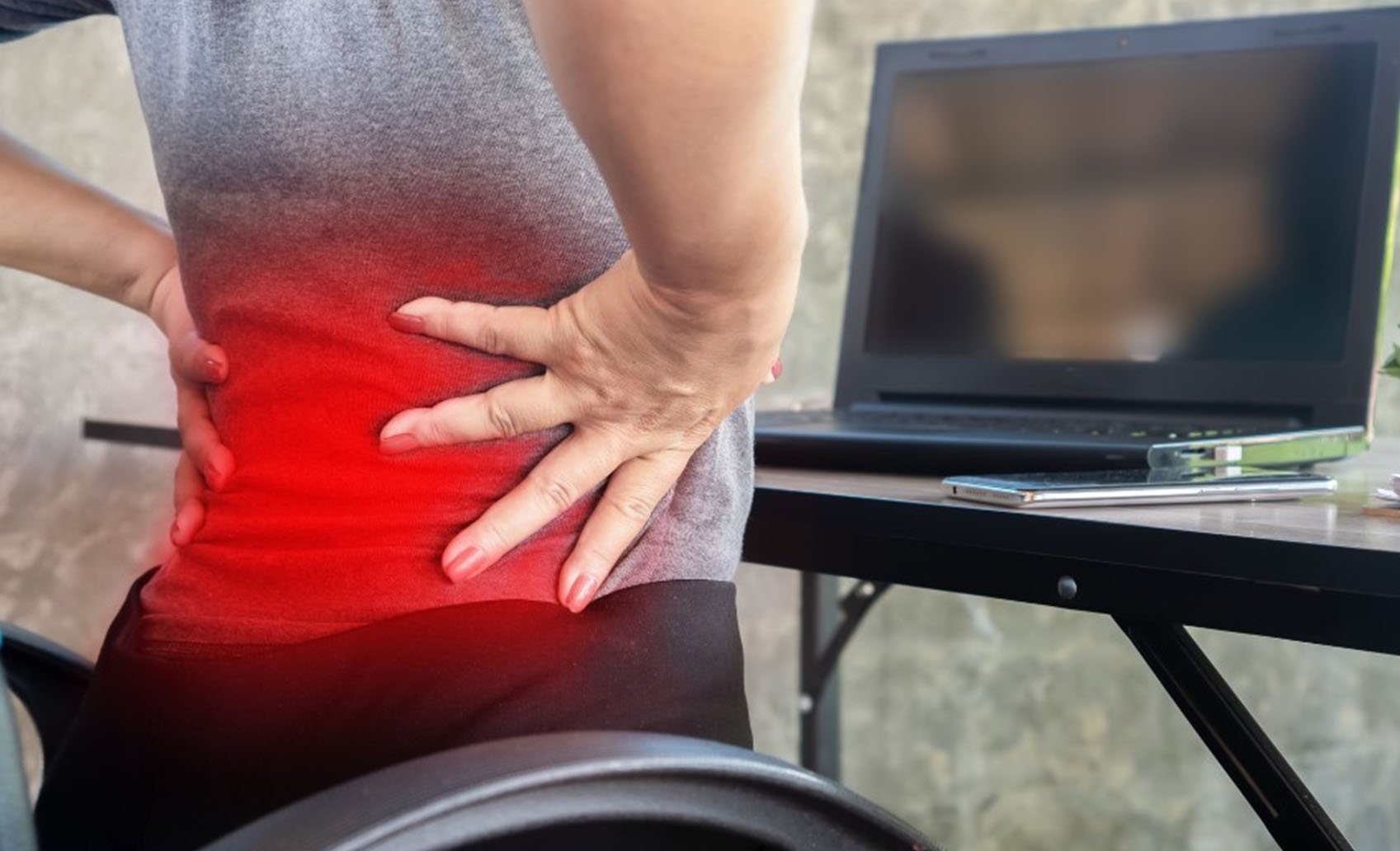Are you like me and so many others out there? Have you searched for an office chair that will be comfortable for those long workdays and have been told to look for a chair that is “ergonomic”? If you’re like me, you have found innumerable chairs that called themselves “ergonomic” in a variety of price ranges and you’re left more confused than ever! How could that be, and what does “ergonomic” even mean?
Unfortunately, what I’ve learned is that the term "ergonomic" is often used as a marketing term. It's important to not just accept the label but to dig deeper.
What does “ergonomic” even mean?
The Oxford Dictionary defines ergonomics as “the study of people’s efficiency in their working environment”. When used in relation to a chair, it implies that the ergonomic chair should optimize efficiency in the work environment. The features are typically adjustable and are supposed to support the body to optimize posture for prolonged sitting. This all sounds great, right?
The problem is that the term "ergonomic" is not regulated or standardized, meaning that it can be used to describe any chair. This is why so many people are dissatisfied with their ergonomic chairs!
All a chair needs to be considered ergonomic is:
- Adjustable Lumbar Support There is no ergonomic standard of where the support should be other than “fits the lower back”. Since each individual shape is unique most lumbar supports make contact in the wrong places, leading to discomfort. Additionally, when a lumbar support is making contact with the body, the upper back is often unsupported and eventually will seek support, resulting in a slouched posture.
- Adjustable Arm Supports The only requirement is for the arms to move up and down, yet many arm supports are out too wide and result in a “chicken wing” position. Most arm supports also interfere with the desk and prevent the user from sitting close to the desk.
- Recline There is no ergonomic standard of how the recline mechanism should work but requires 15 degrees from vertical. The problem is this position results in the pelvis rolling backward and sliding forward in the chair, resulting in a slouched posture.
This is why we shouldn’t just fall for the term “ergonomic”. Look for more specifics beyond the label “ergonomic”.
Here is what a chair designed to support the human body should have:
Adjustable Pelvis Support
The pelvis is the foundation of sitting and determines the position of the spine. A neutral pelvis, held by a pelvis support will result in an effortless upright posture.
Adjustable Upper Back Support
When the pelvis is supported and the spine is upright, the upper back will not naturally make contact with the chair. This is why an adjustable upper back should be used and adjusted to support the upper back.
4D Arm supports
The arm supports should be able to adjust in multiple directions to get the arms in an optimal position. And don’t forget to look for arm pads that move back to allow you to get as close to the desk as possible.
Tile mechanism
Rather than recline, look for a chair that tilts, which means the seat and back move together as a unit. This allows you to maintain your posture in a resting position.
So, if you're in the market for an office chair, it's important to do your research and not just rely on the label "ergonomic." Look for chairs that have been tested by independent organizations and have proven to provide the support and comfort needed for good posture.
Don't be fooled by flashy marketing and claims of being "ergonomic."
In the end, it's better to be cautious and well-informed when making a purchase that will impact your daily comfort and health.
If you are looking to improve posture while sitting, look no further than Anthros.
Anthros is the only chair in the world that is guaranteed to improve posture, or your money back. The science-backed, patented design is registered with the FDA as a posture-improving chair and is proven to have the lowest pressure (most comfortable) cushion on the planet (verified by university testing).
Take the next step to reducing pain, increasing comfort, and maximizing performance!
Recent Post

Four Lessons About Seating Everyone Can Learn from Wheelchair Users
September 18, 2025Working with wheelchair users has been an...

People Over Profits: Why Anthros Puts Comfort and Care First
September 17, 2025At Anthros, our mission is simple: to put people...










